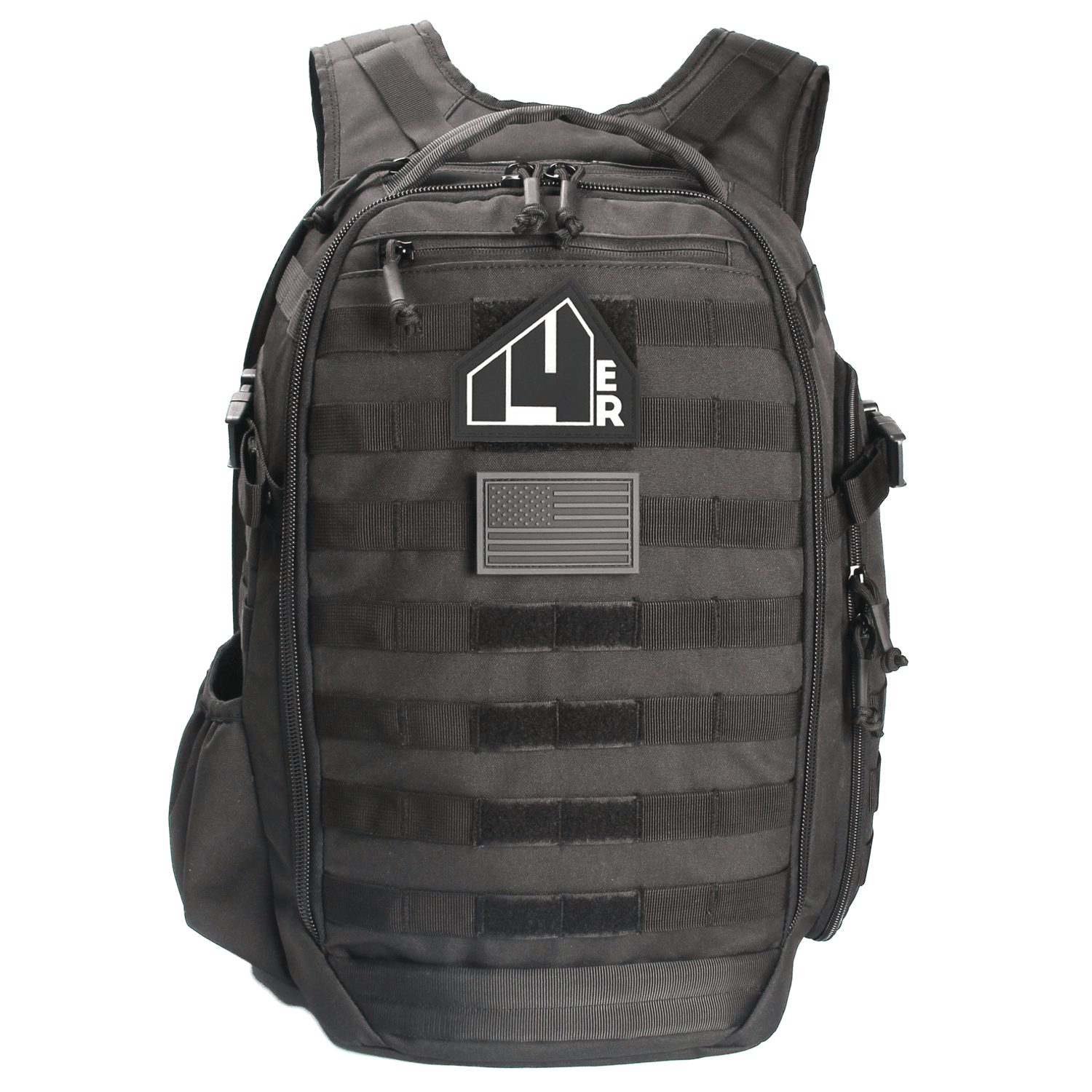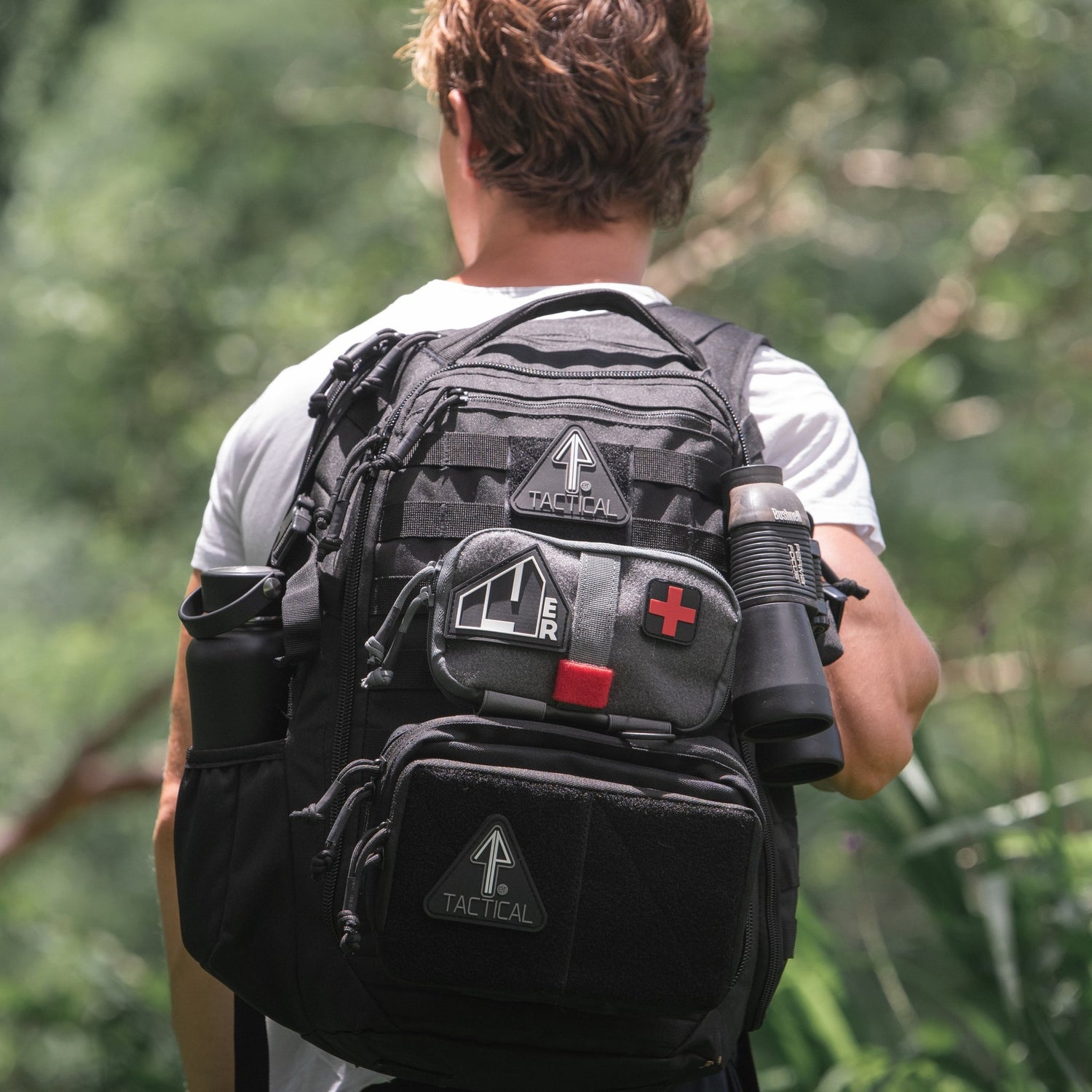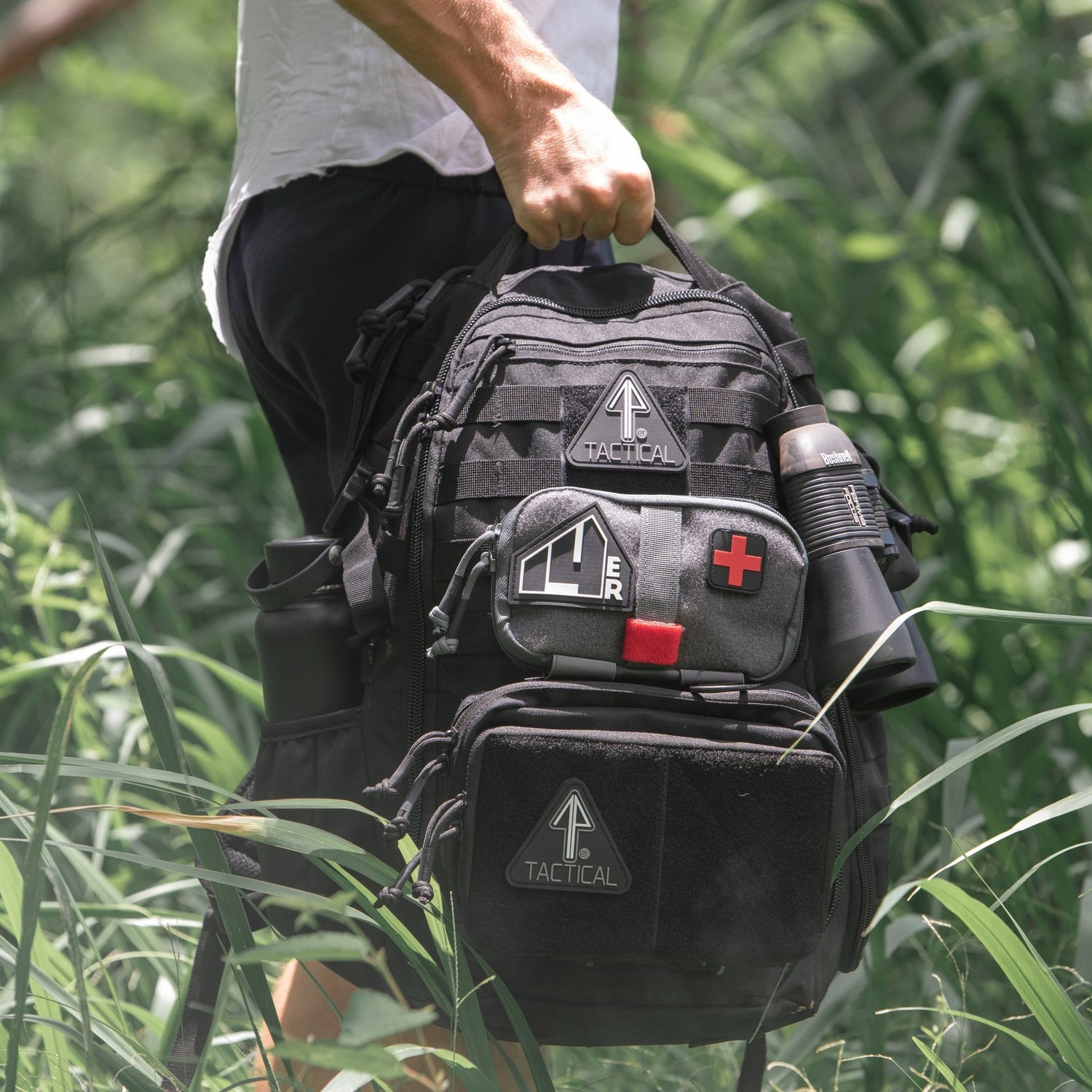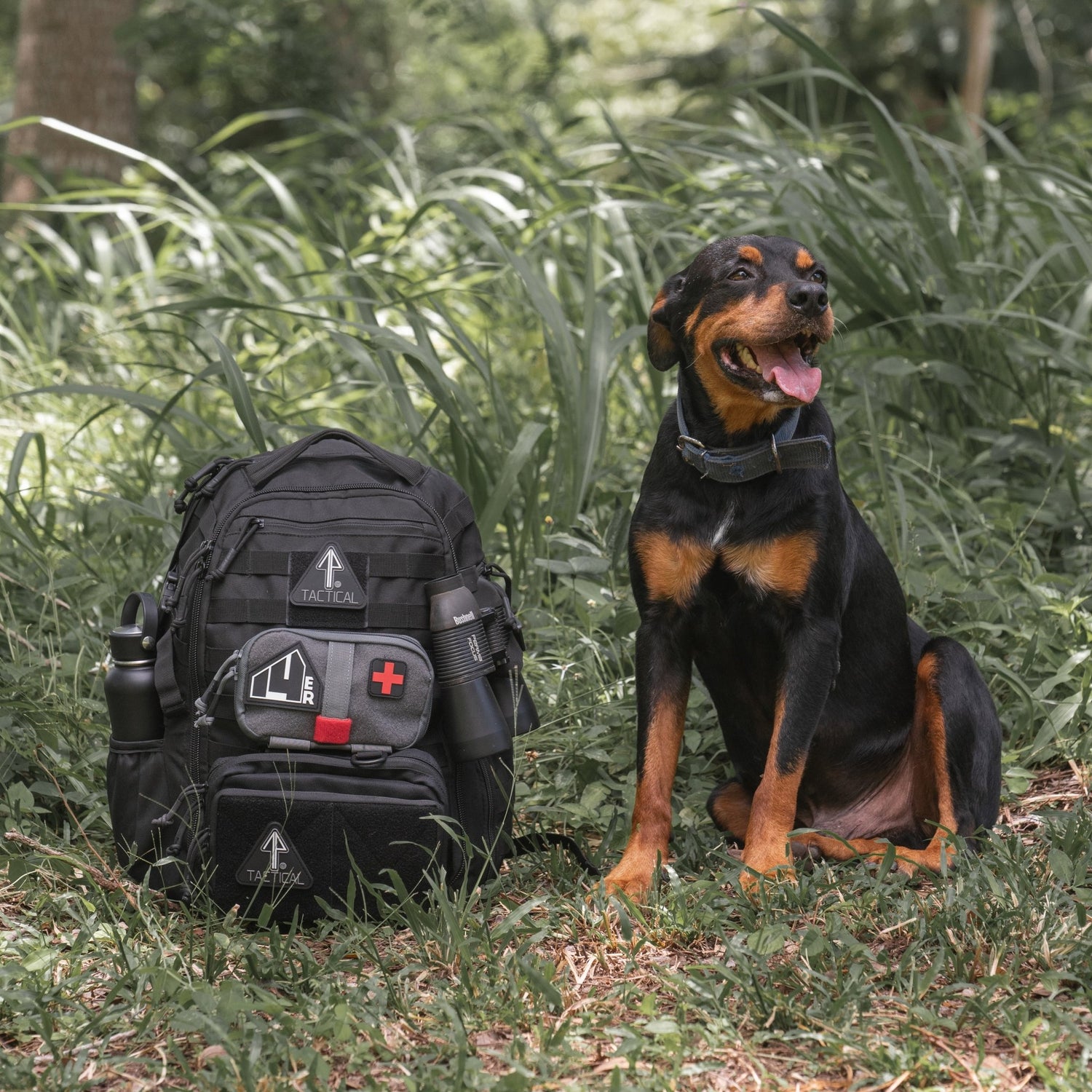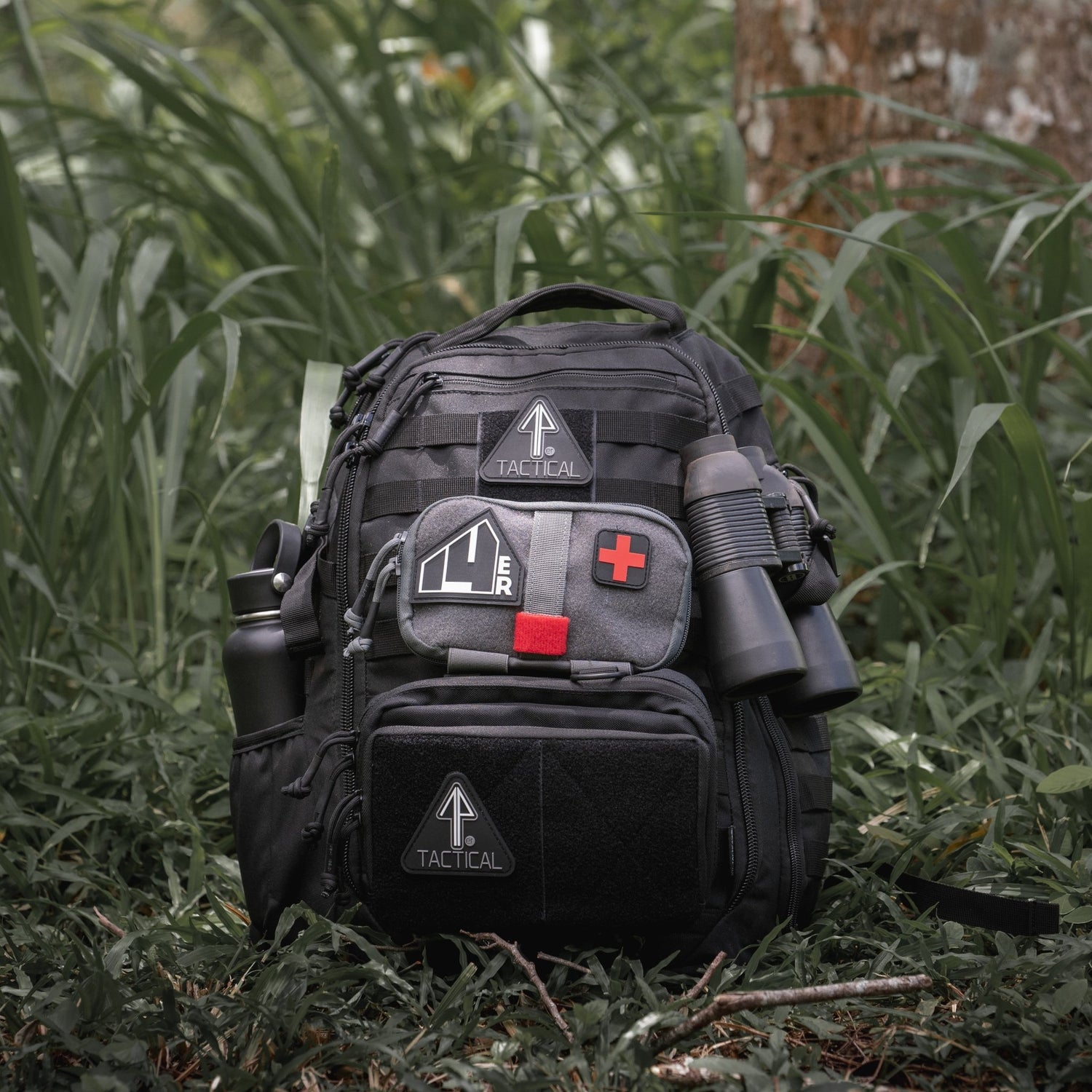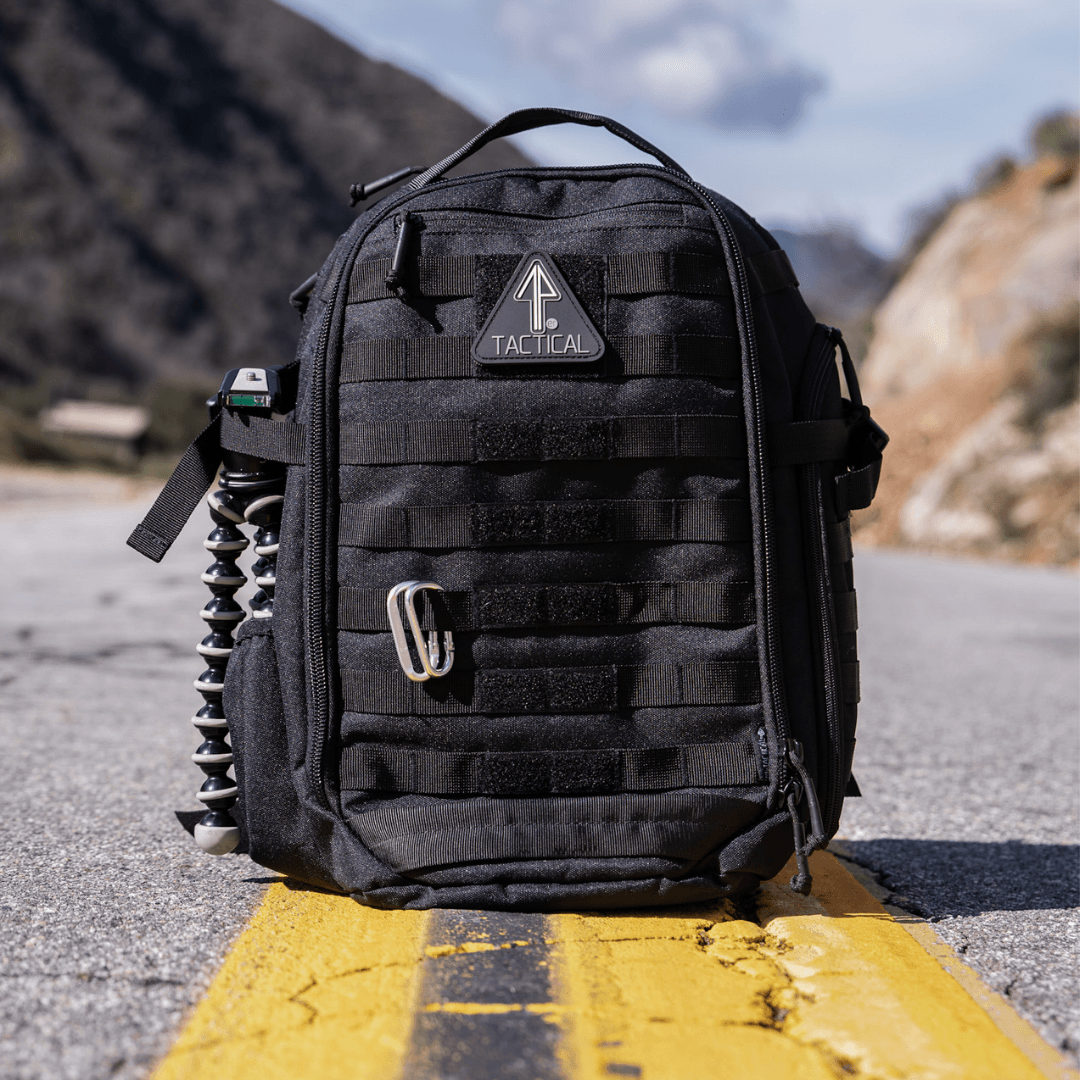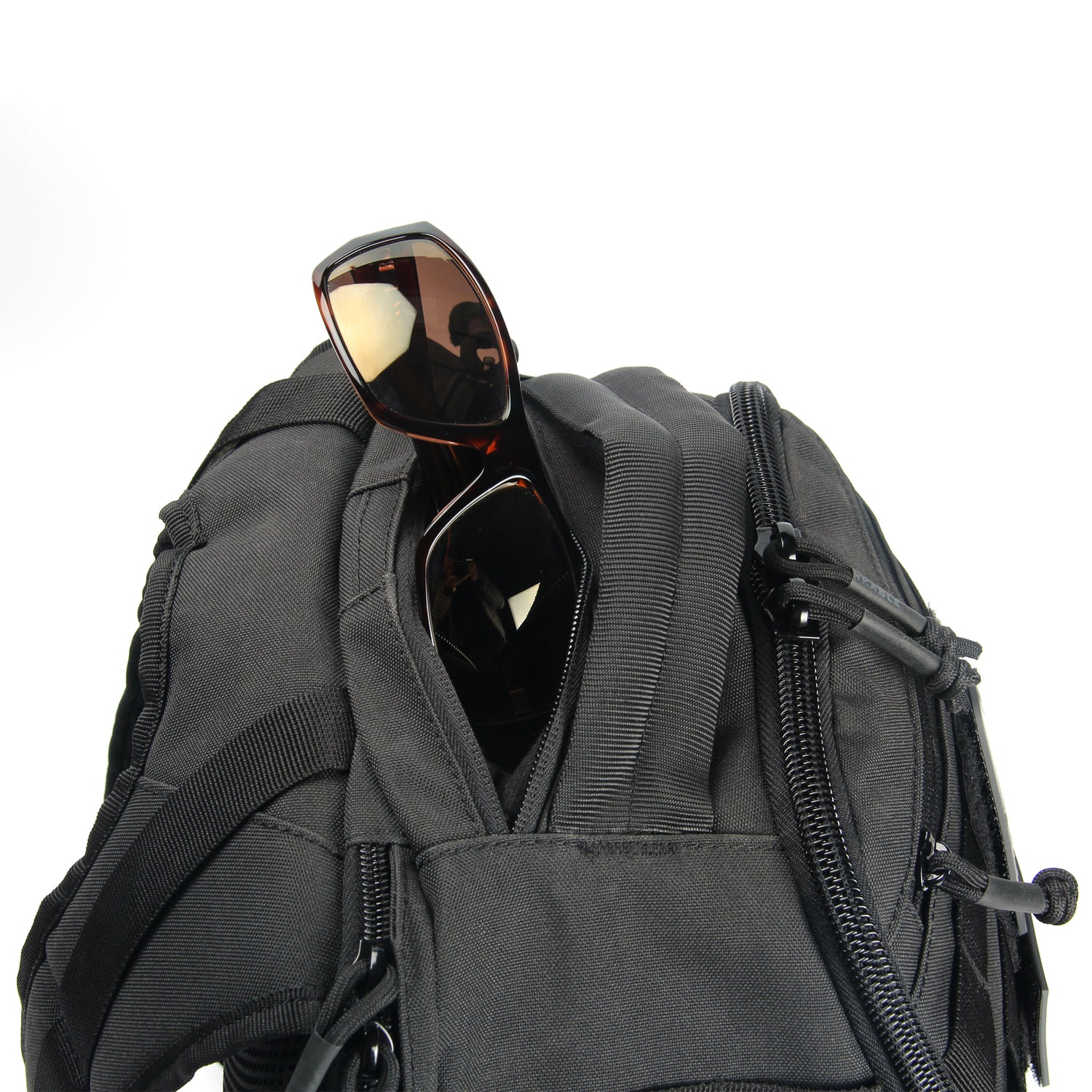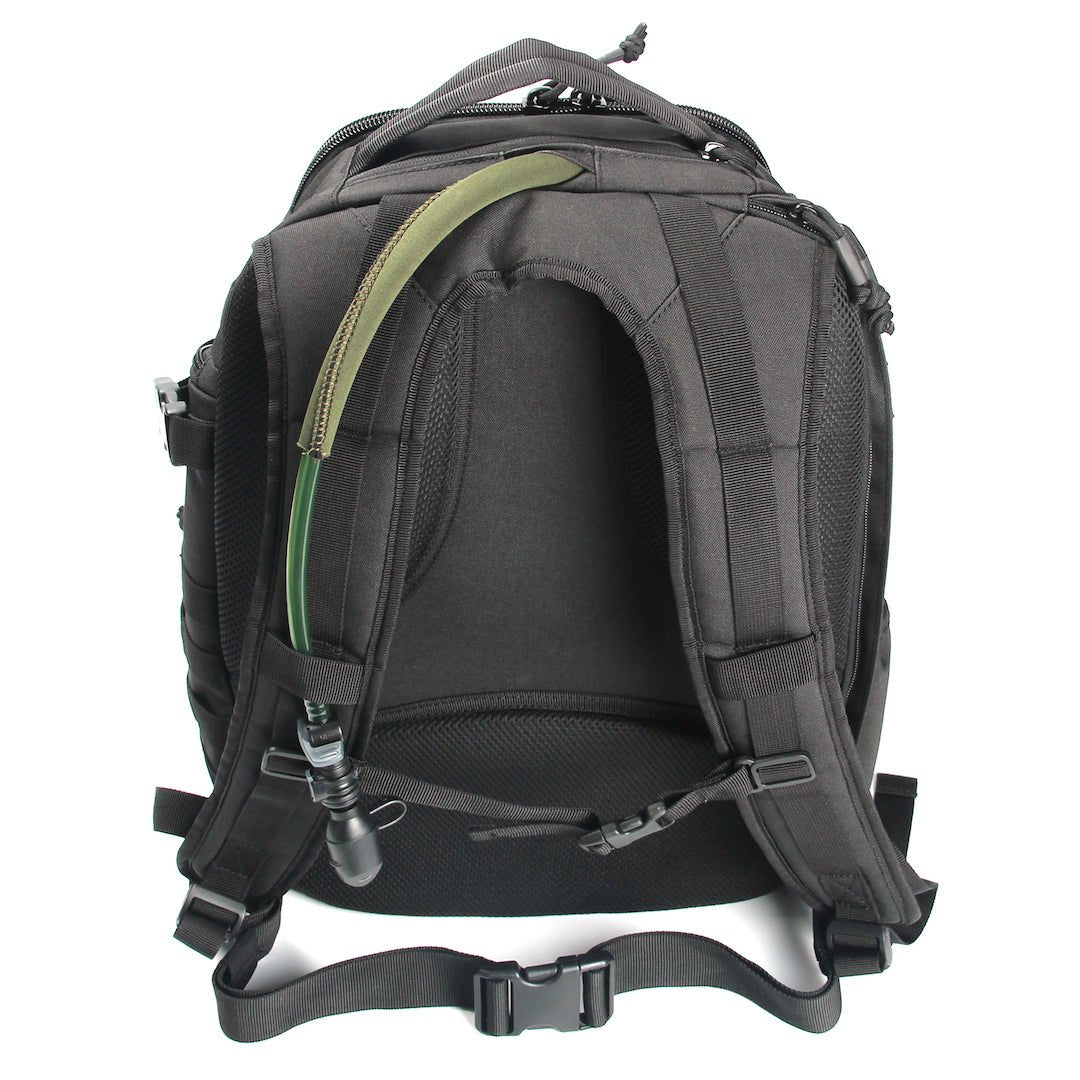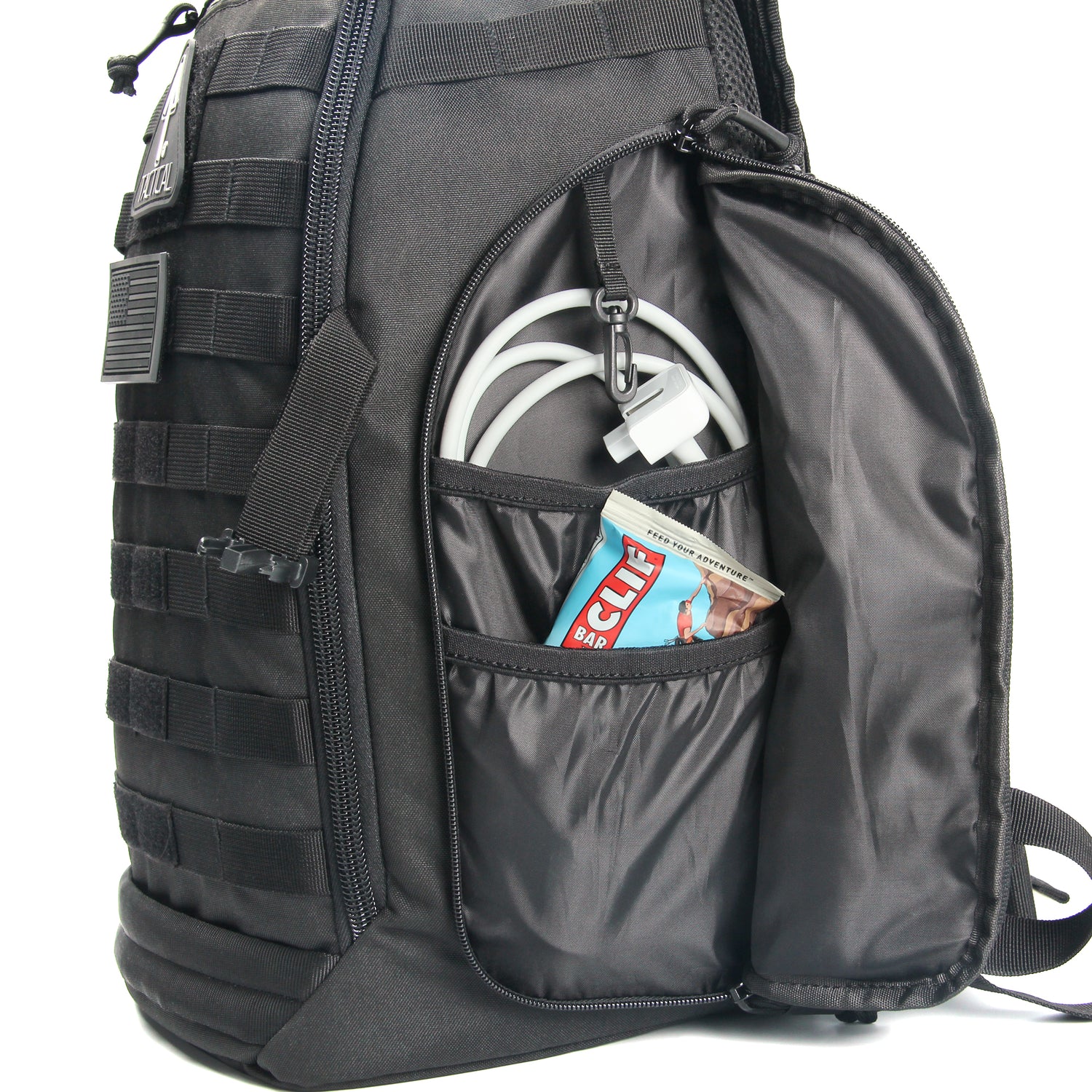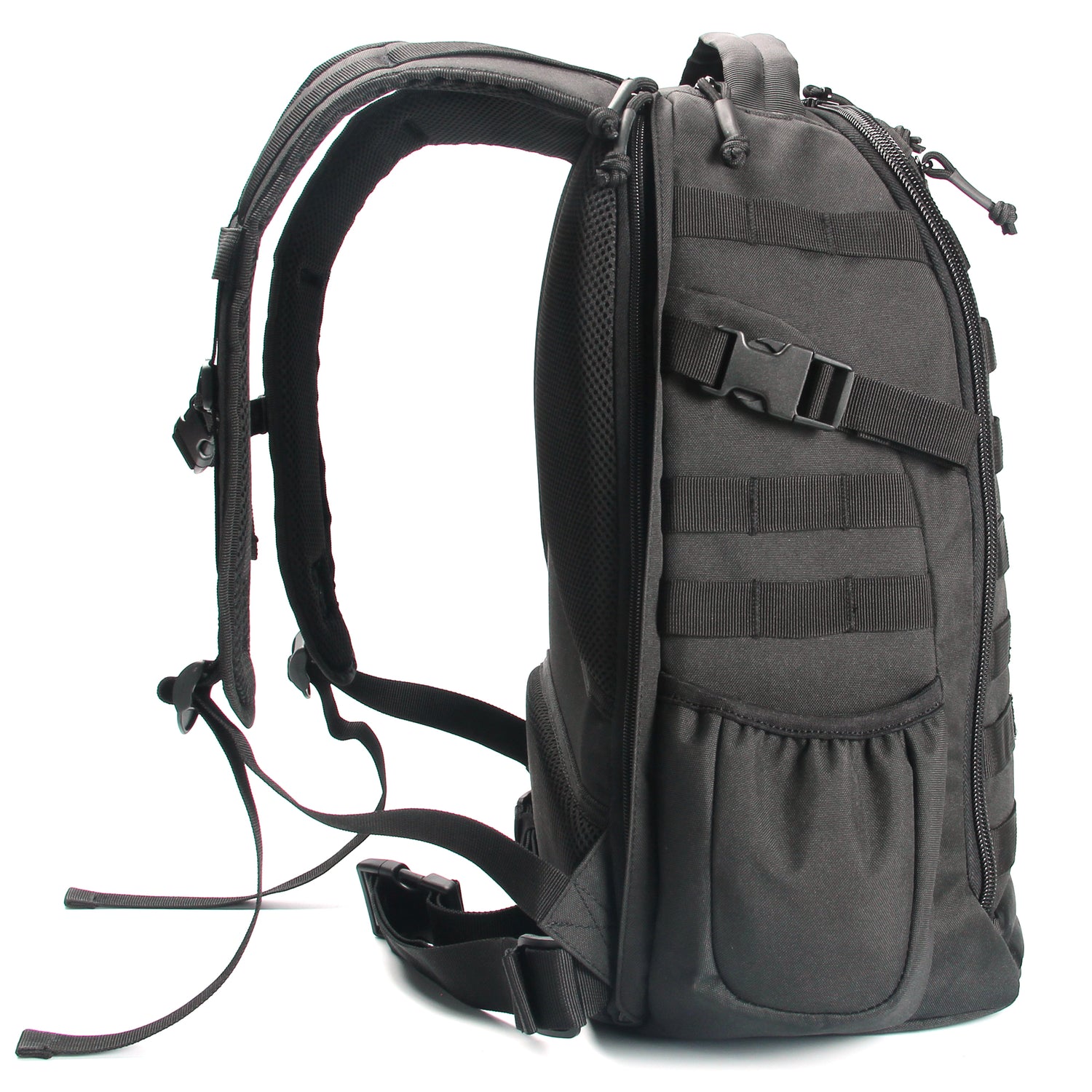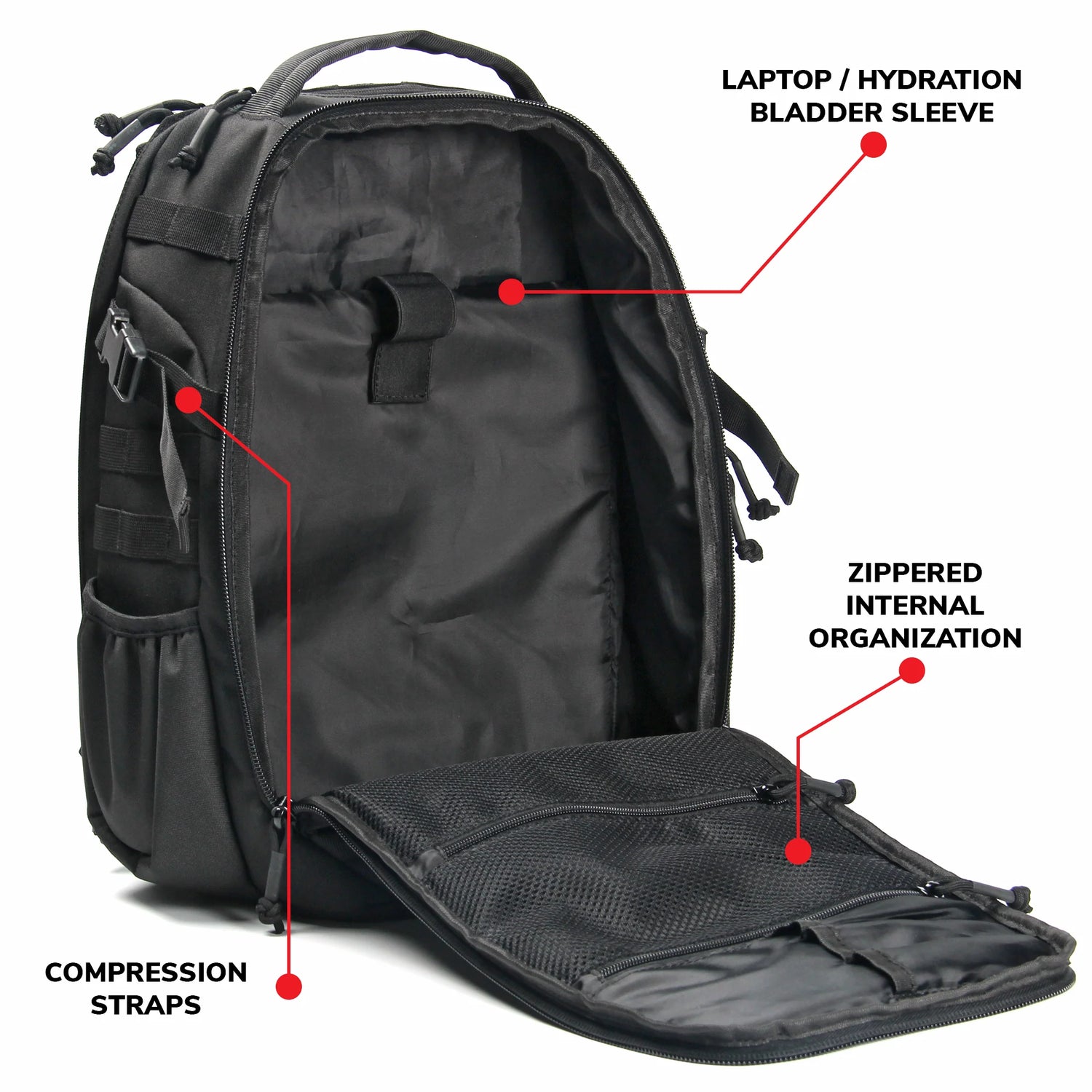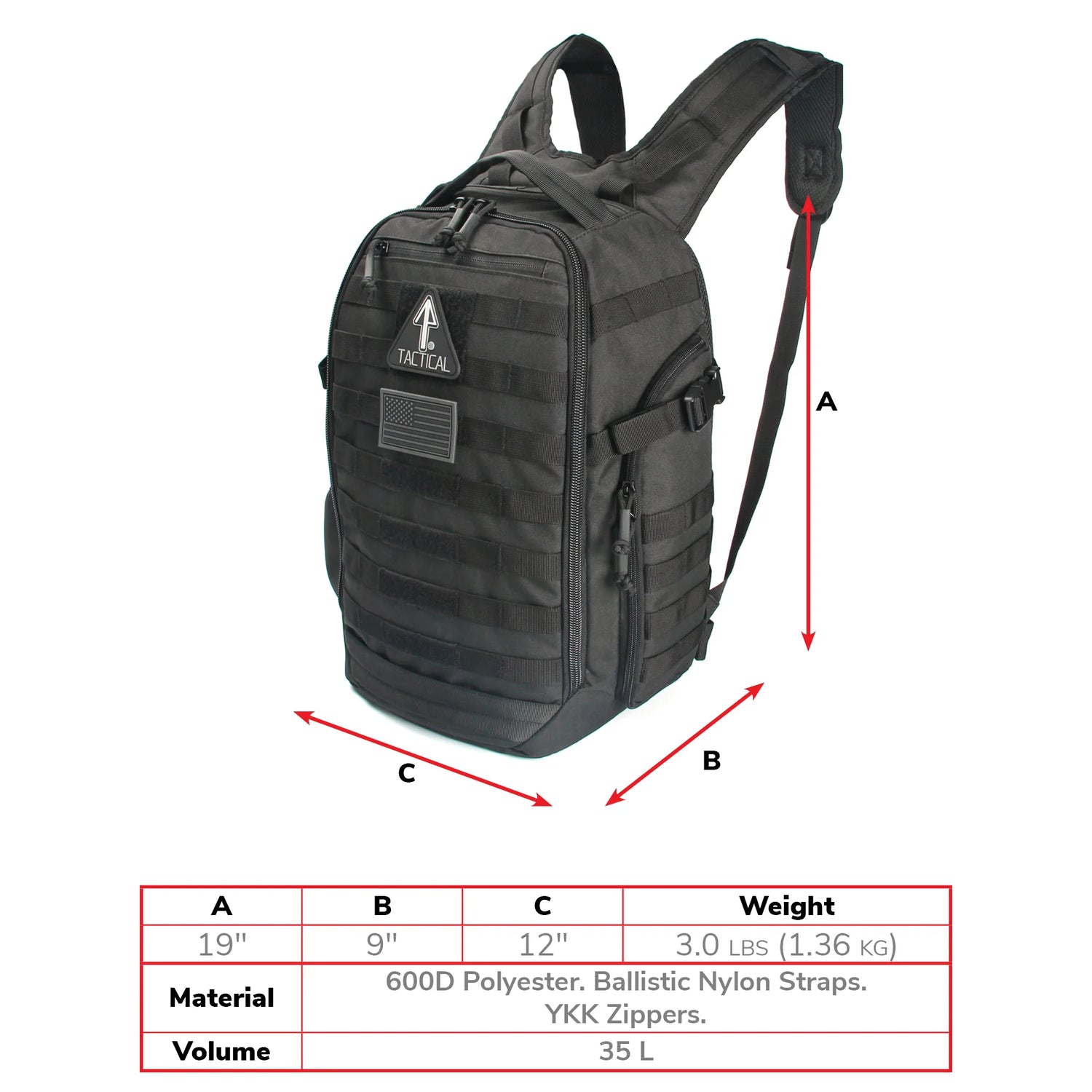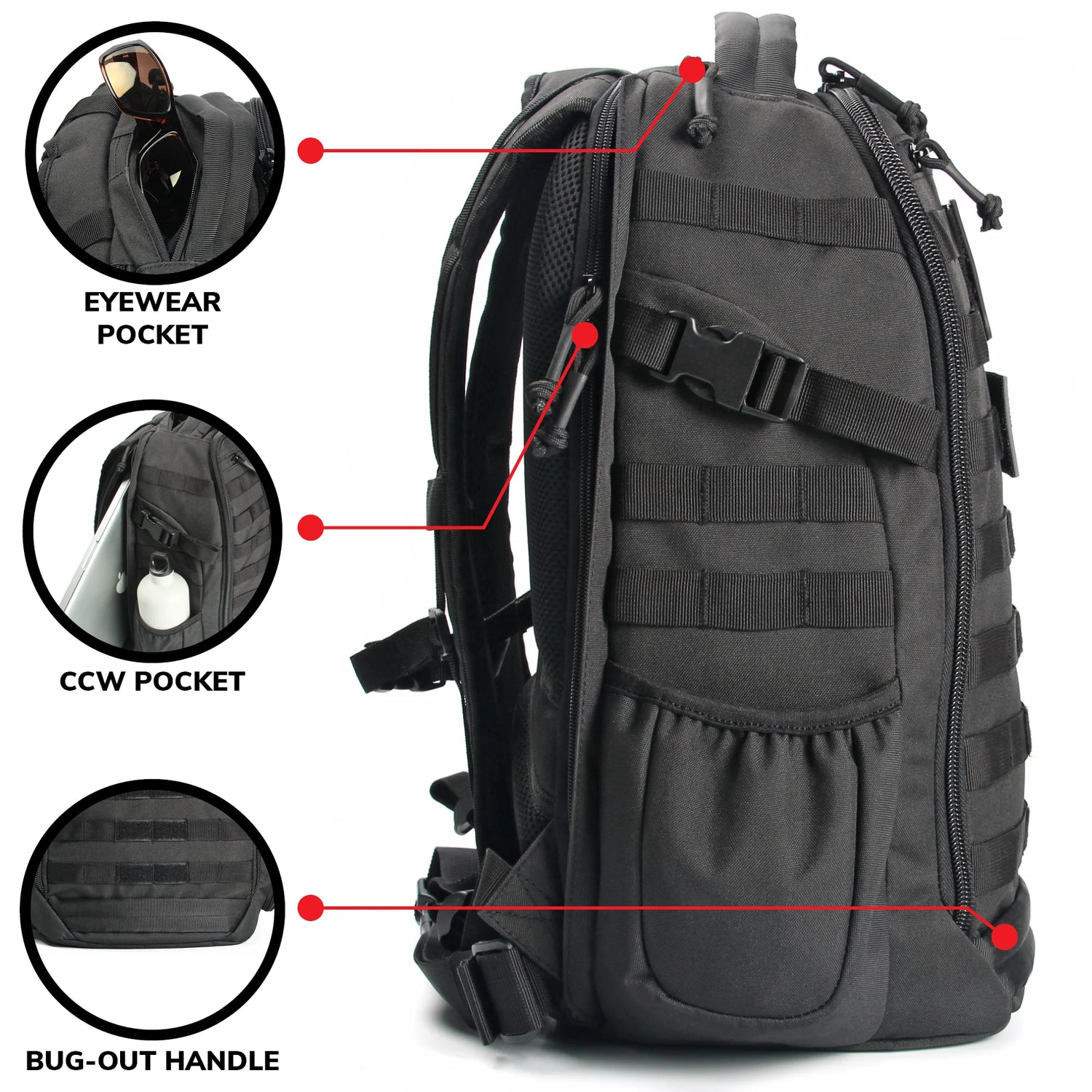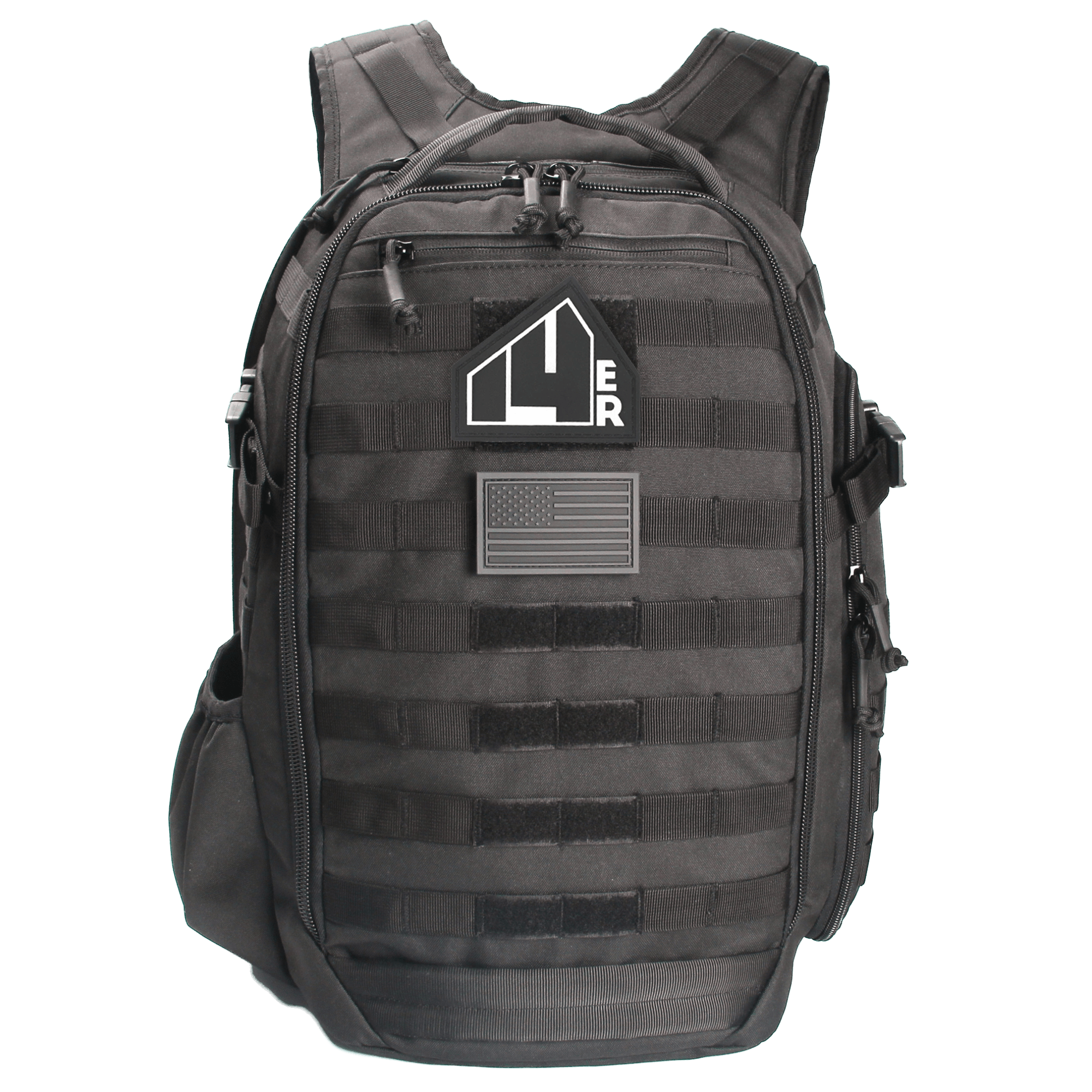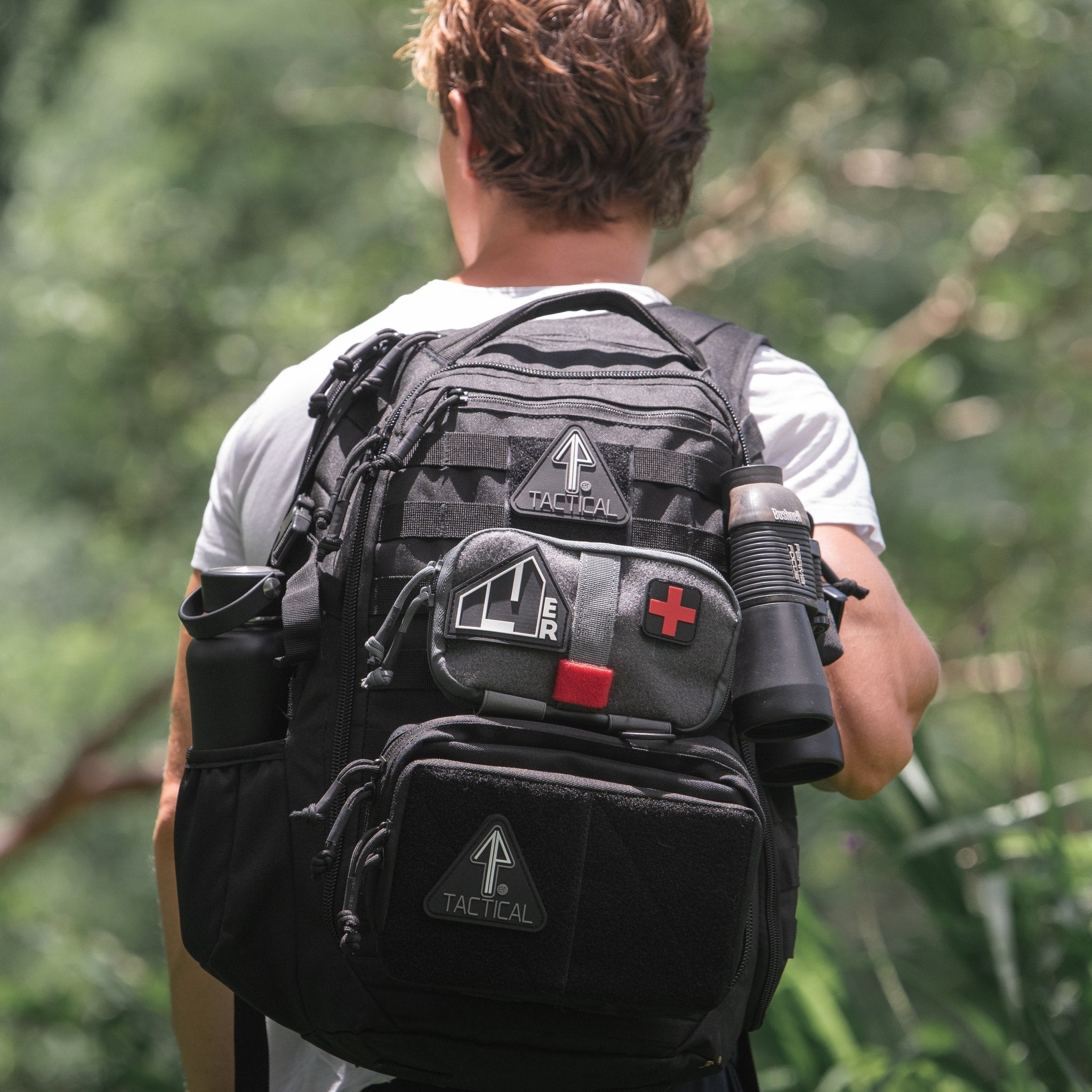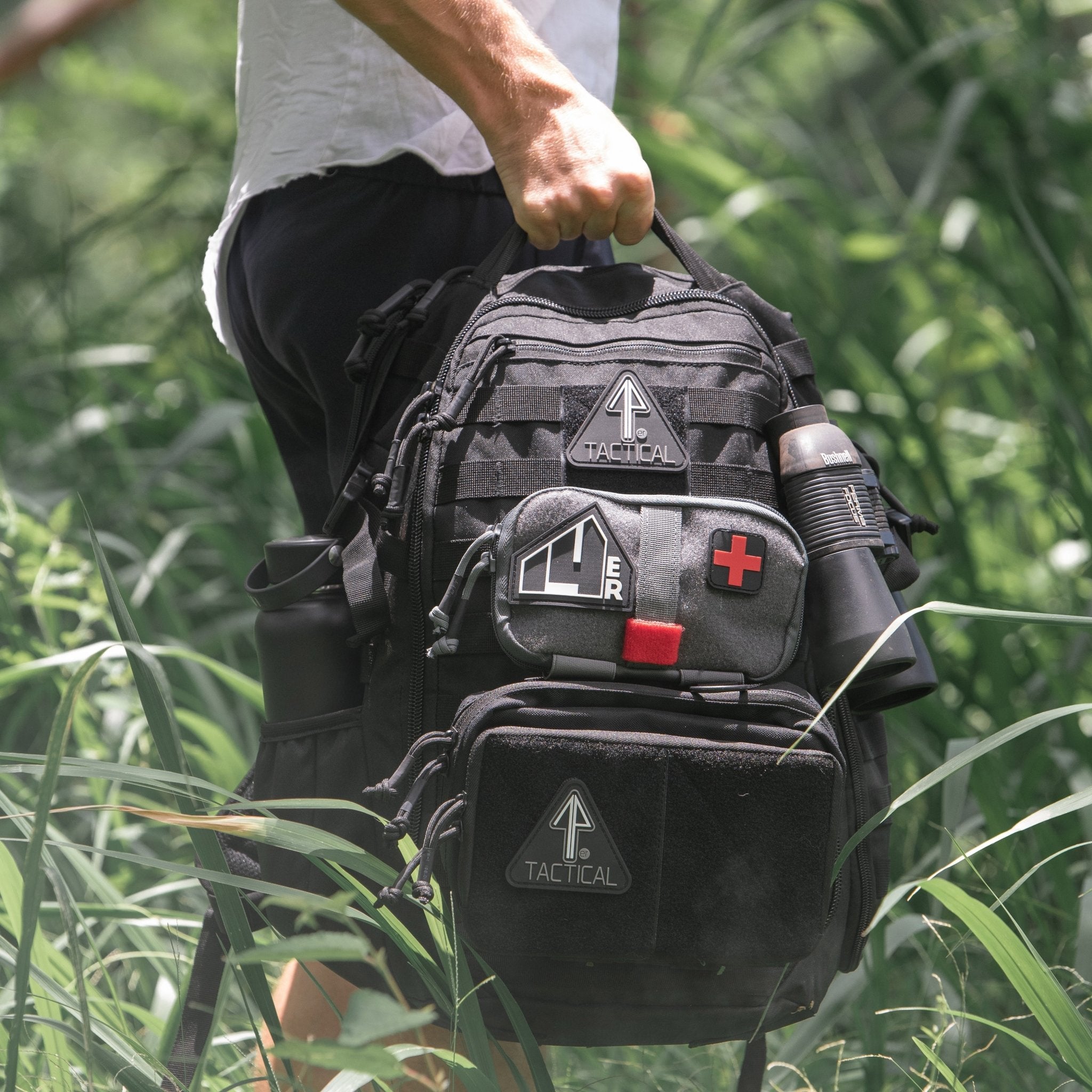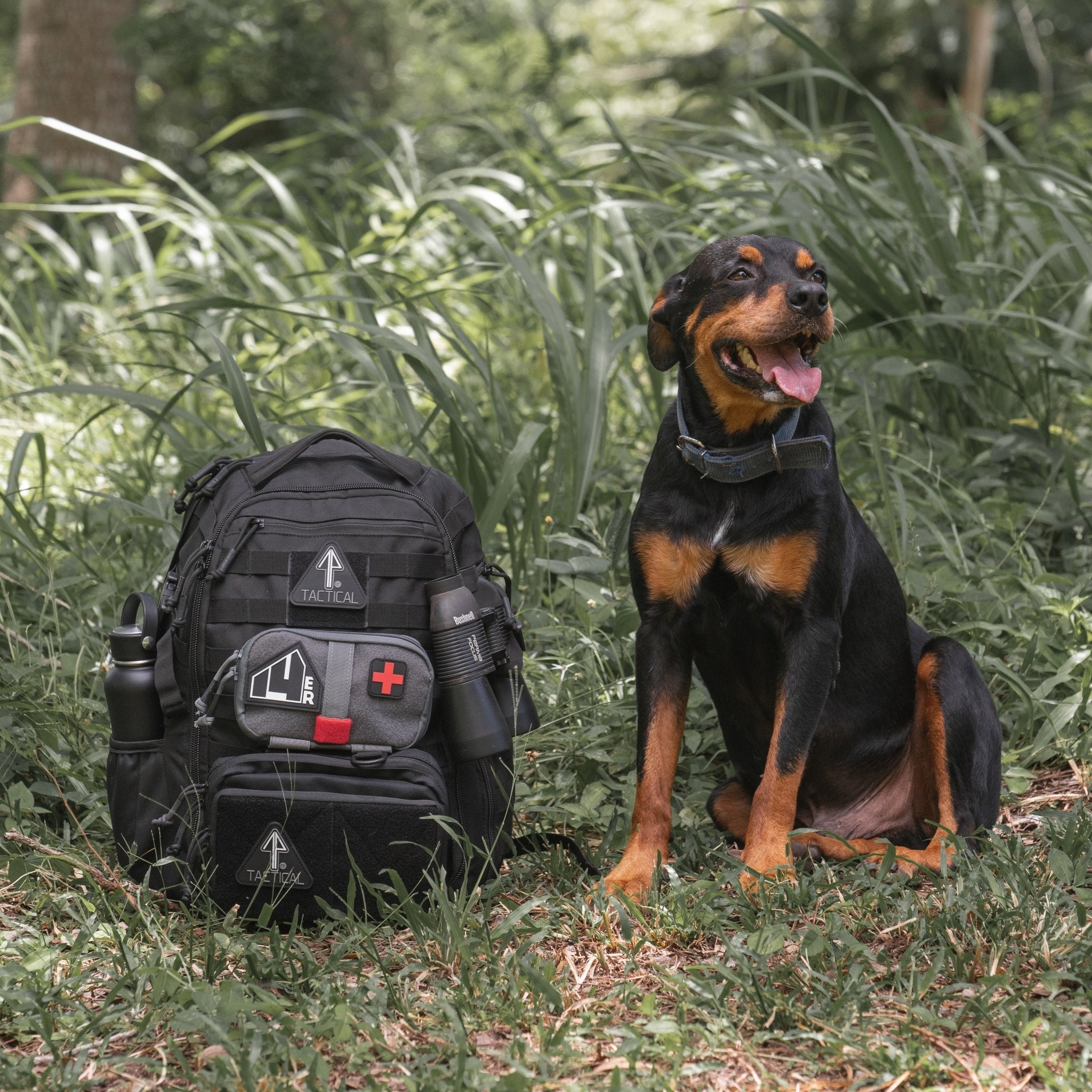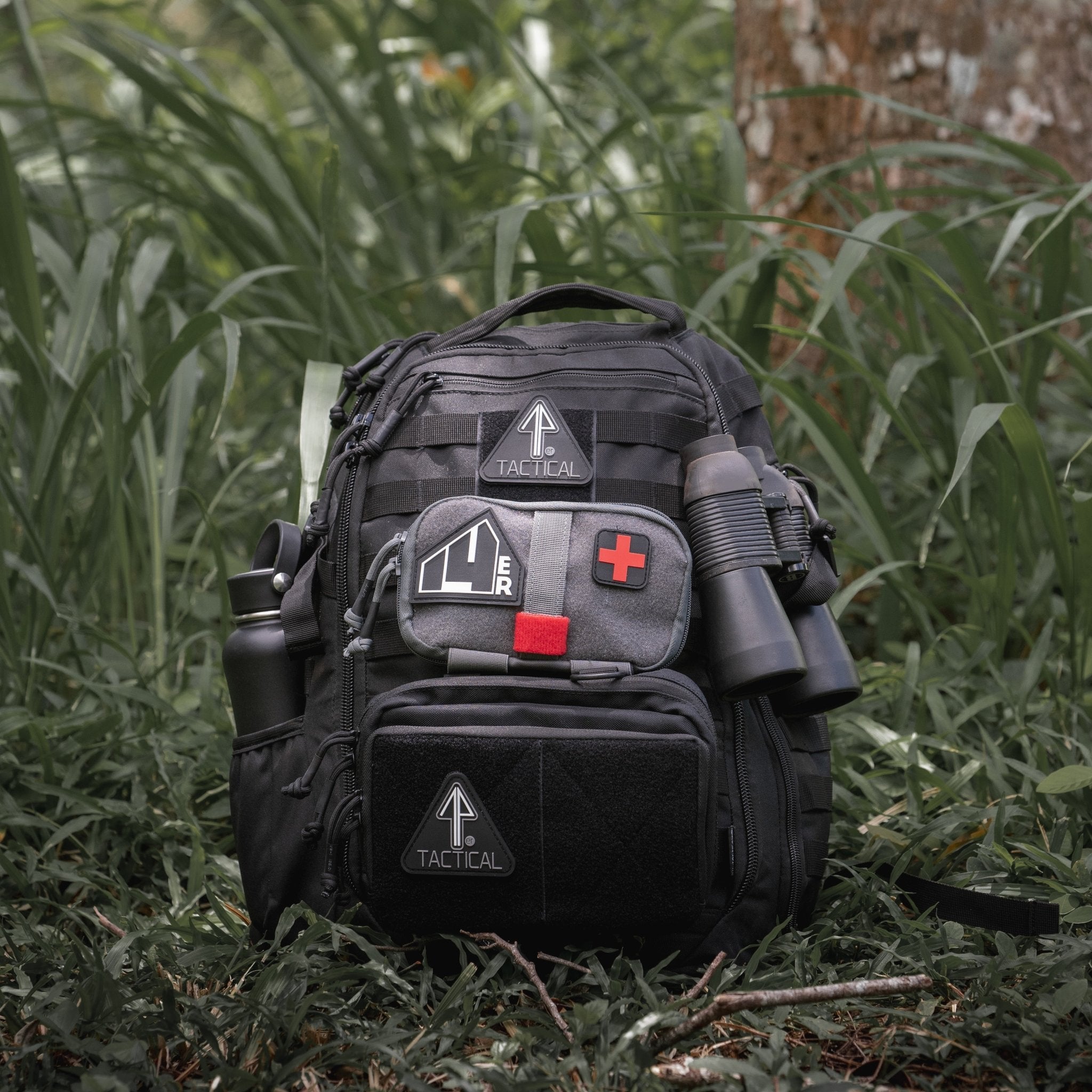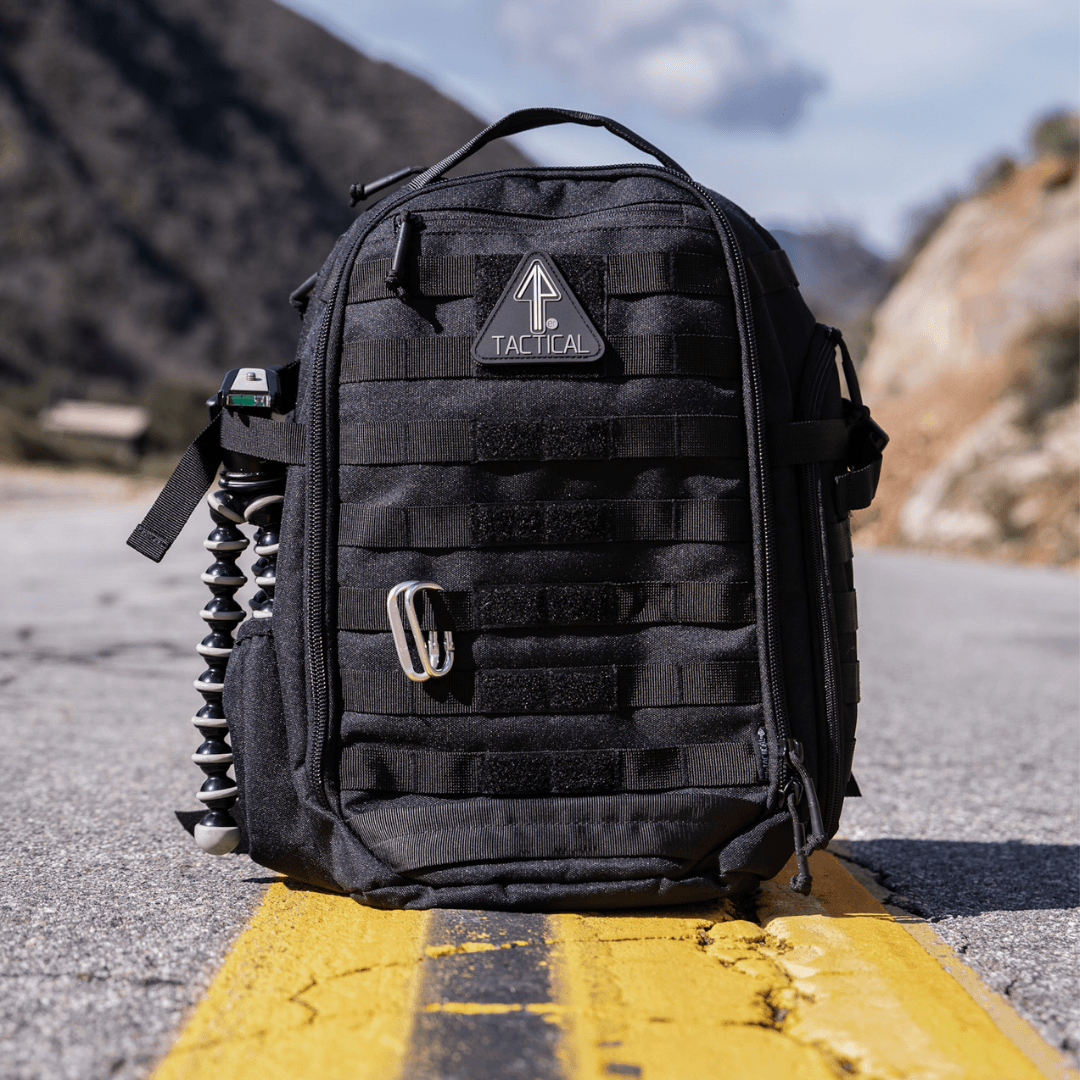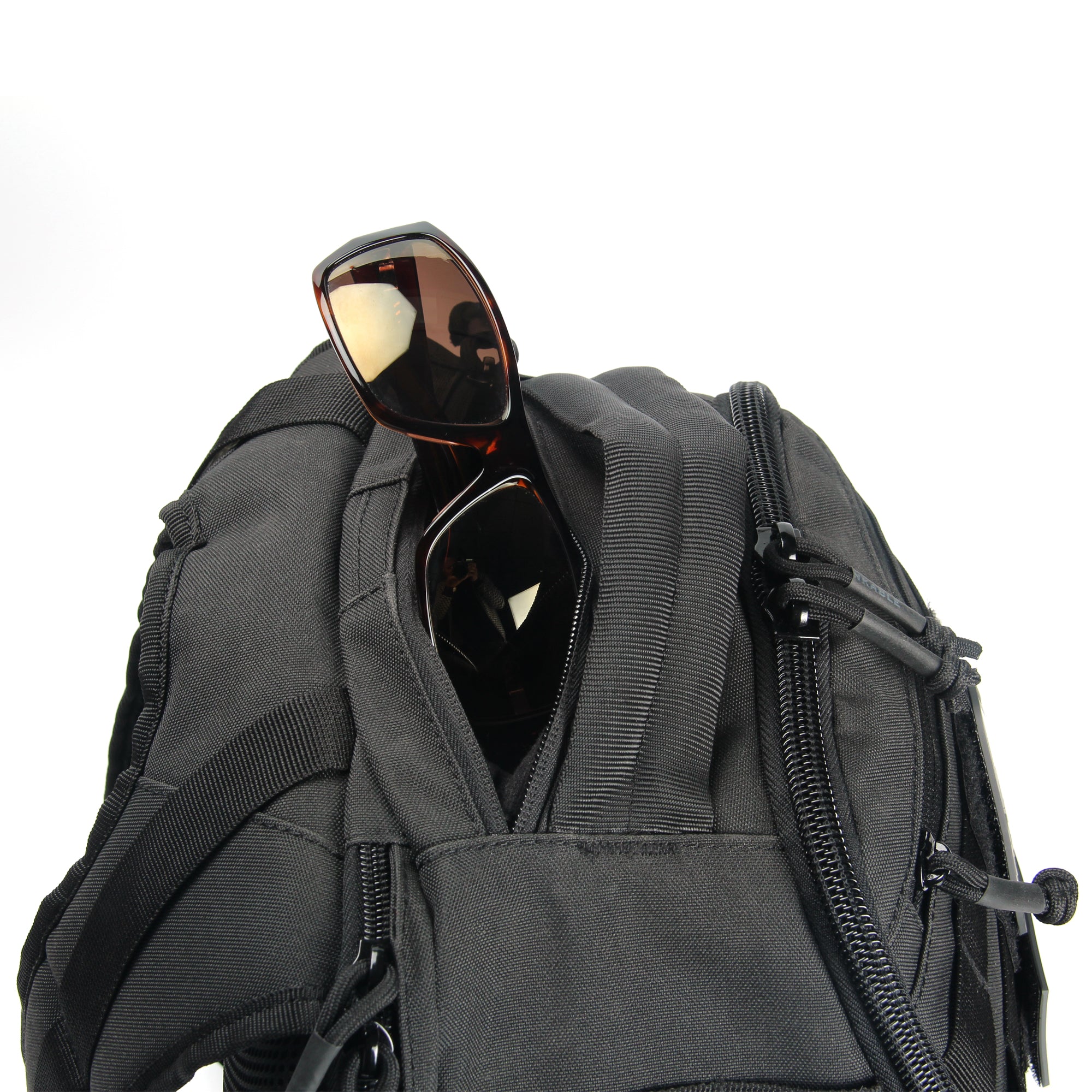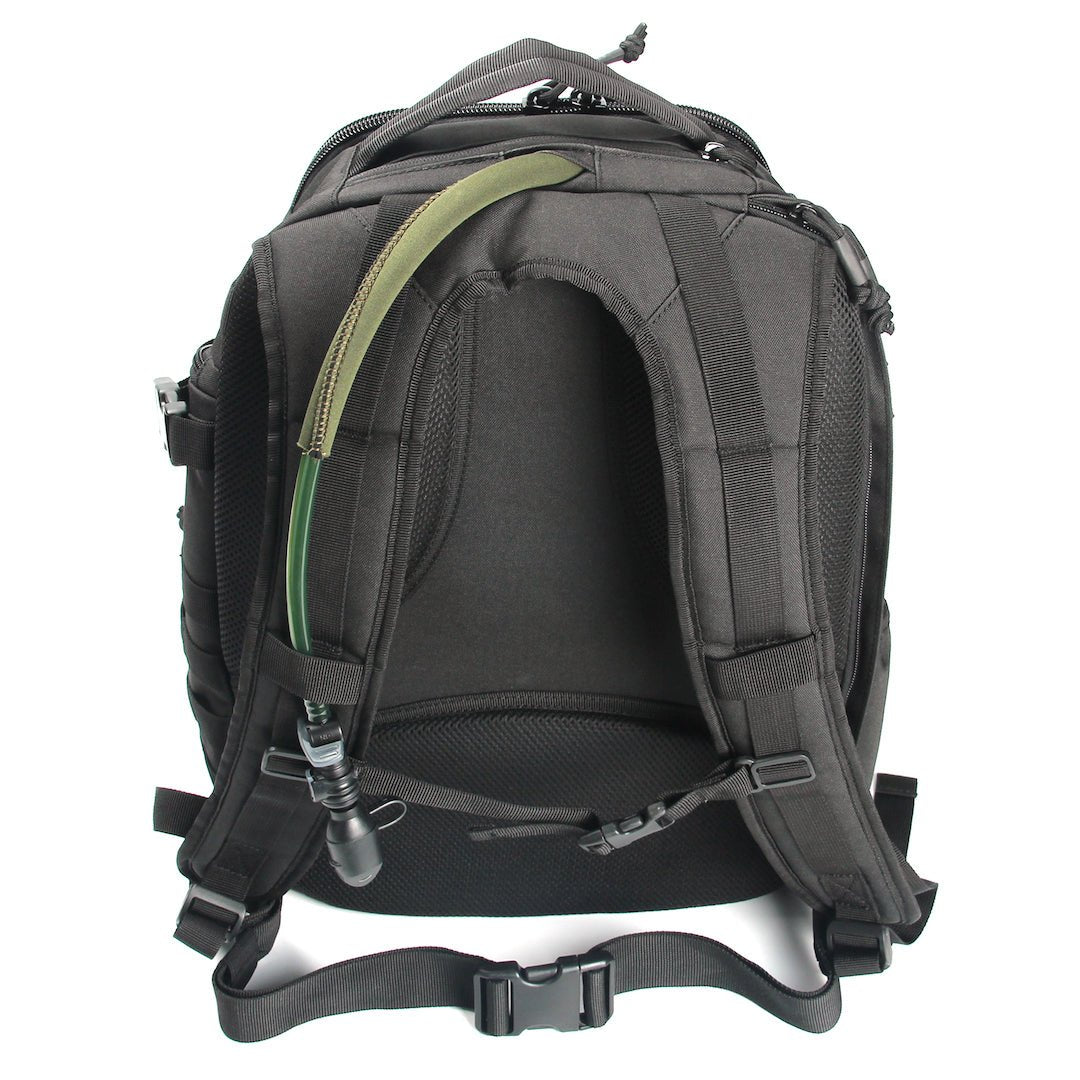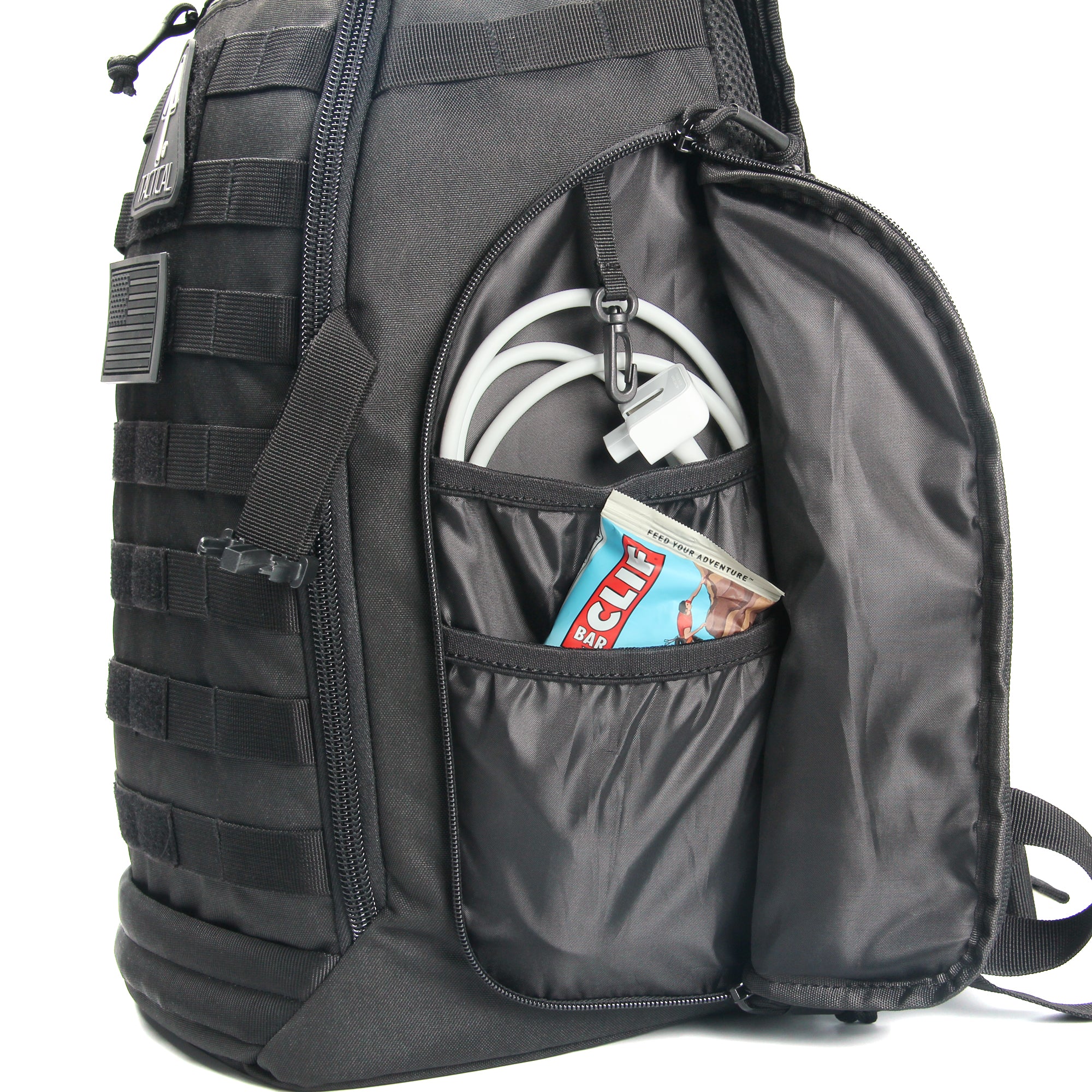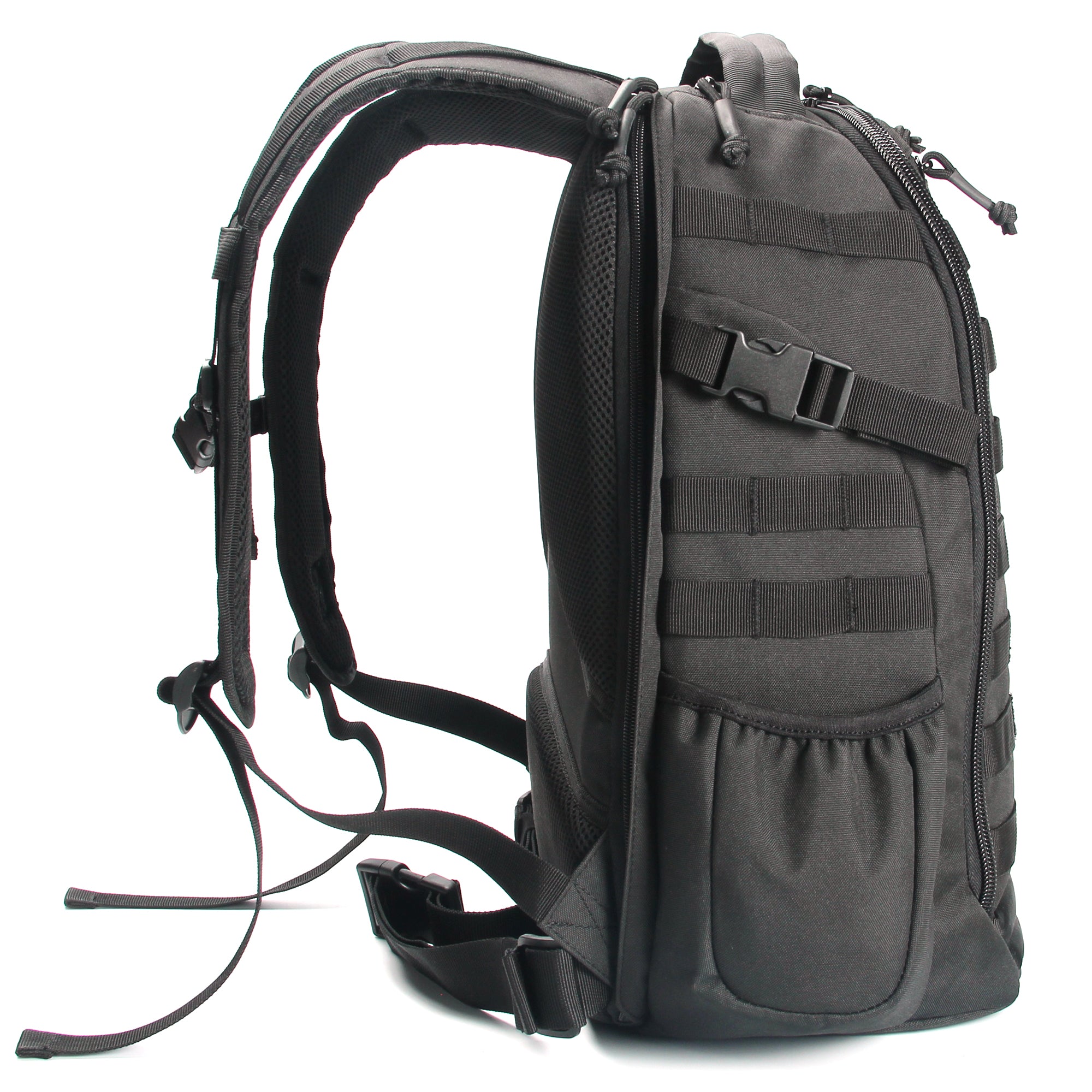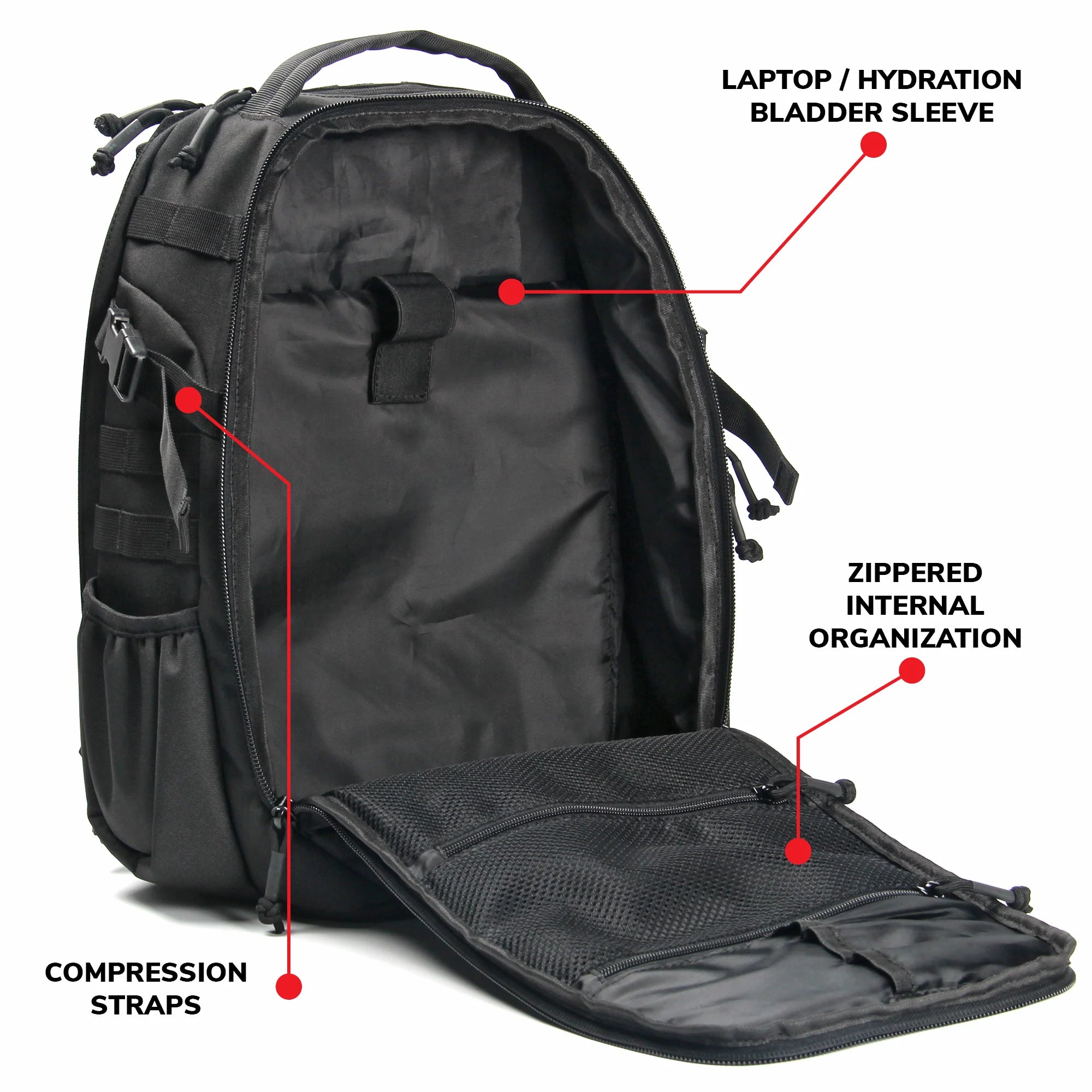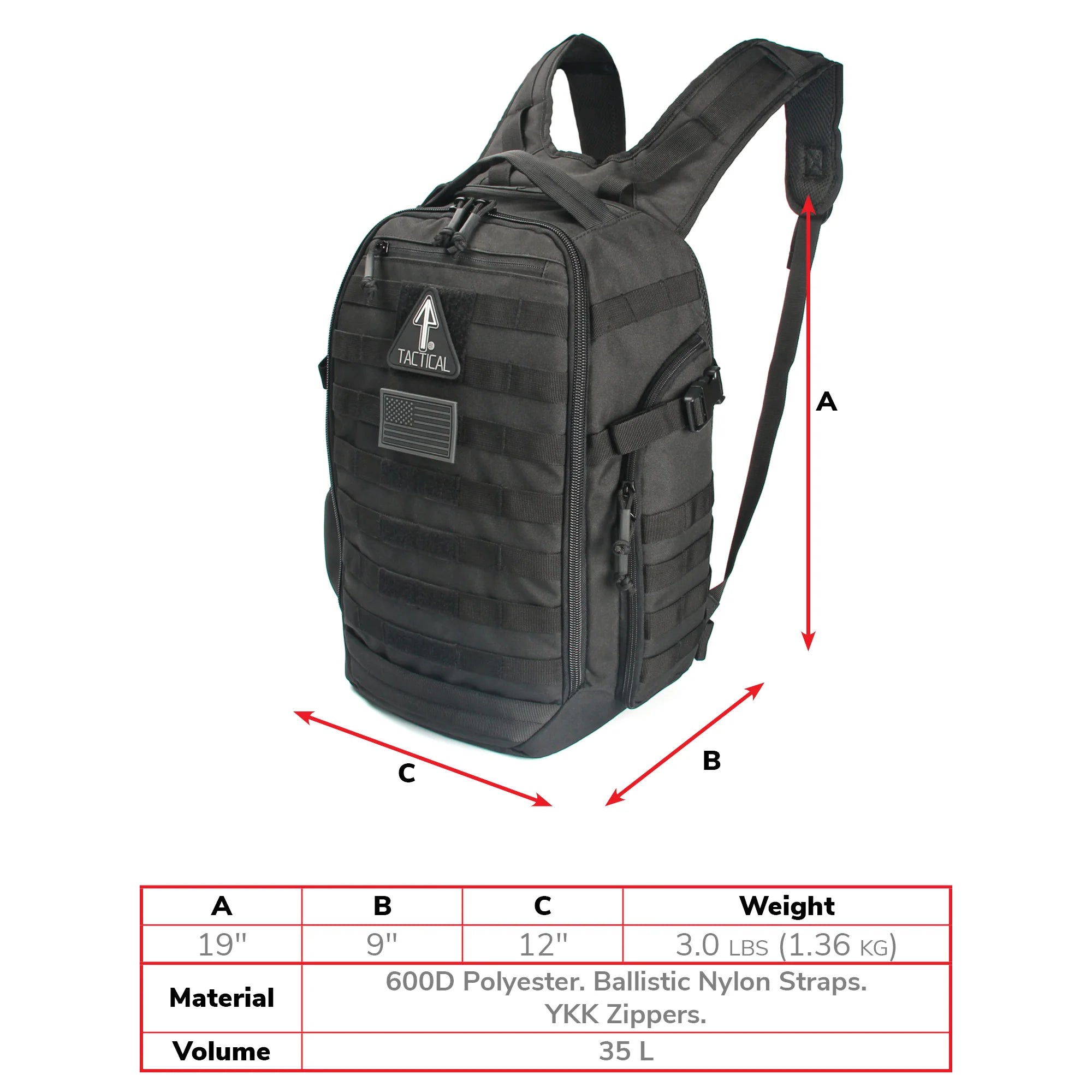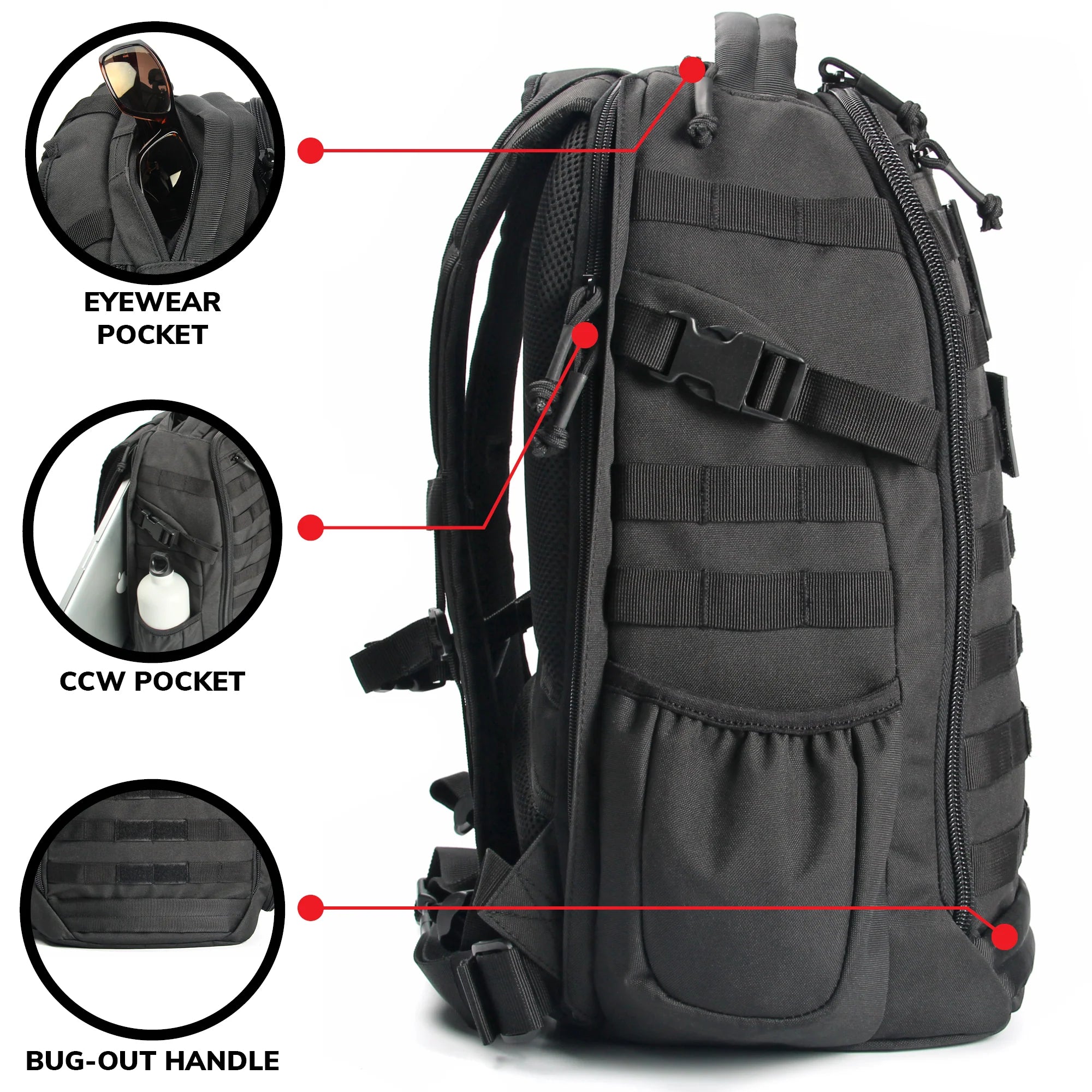
When we talk about the pinnacle of tactical training, a lot of folks will bring up the military’s survival, evasion, resistance and escape (SERE) program. It’s an intense, grueling experience that will push you to your limits. SERE is far more than a physical endurance challenge. You’ll be toughing it out against an “enemy” who is actively working to break you down.
Is SERE Training Worth Doing?
To be perfectly honest, we don’t think there are too many practical applications of SERE techniques. Are you really going to find yourself in a scenario where you need to evade enemy combatants or escape a prison camp? Unless you’re active in the military, you wouldn’t expect to encounter those types of situations.
Tactical thinking involves being prepared for the worst, but you are unlikely to be able to prepare for every possibility. That’s why we make tactical assessments and prioritize training that can prepare us for the more likely emergency scenarios.
And yet, the allure of SERE training is unmistakable. Here’s a serious challenge that can show everybody just how much of a badass you truly are! It’s kinda crazy but also incredibly appealing. Get through intense survival training and everyone will look at you in a new light. With tons of respect, for sure.
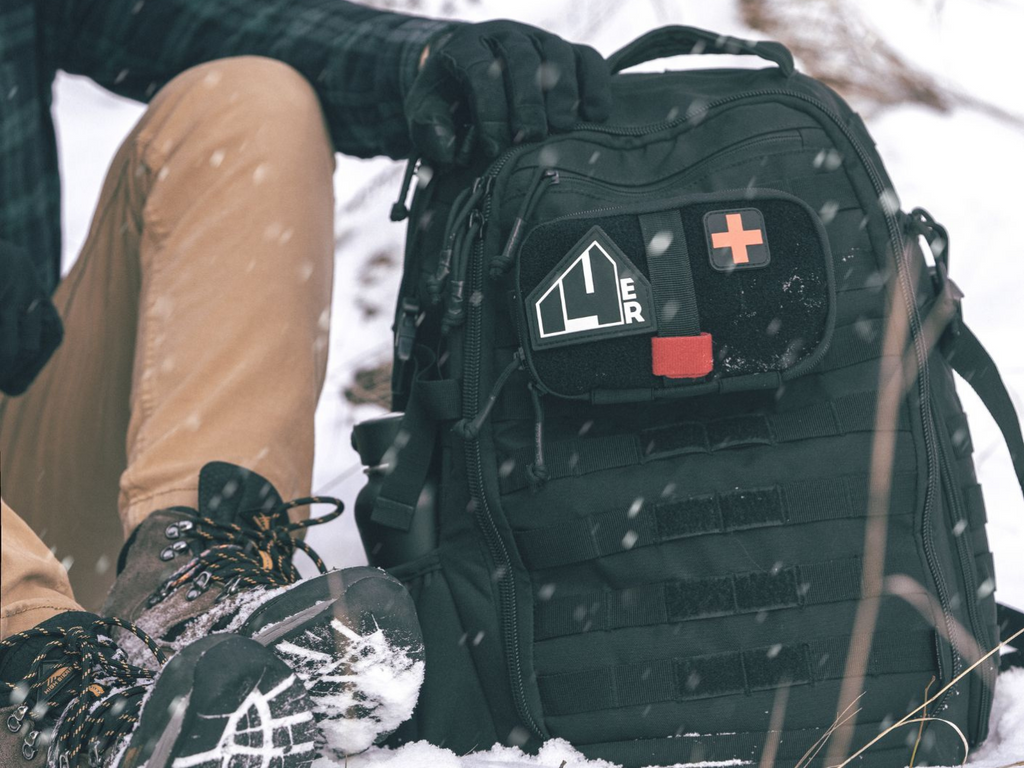
The Key Skills That Are Taught in SERE Training
The skills taught in SERE training are in the name itself: survival, evasion, resistance and escape skills. These are taught in military training to service members who will need to know how to evade capture—and how to deal with being captured if that should happen to them.
That’s a highly intense scenario, and as you can imagine, the requisite military training is equally intense. While the military doesn’t provide specifics of what they do to units in SERE training, the implication is that the exercises involve distressing psychological challenges, as well as extreme physical discomfort and stress.
The SERE program’s goal is to develop units who will not break down in survival and captivity, and it does this by subjecting them to techniques for breaking them down. But it also teaches them resistance strategies for withstanding such harsh techniques and remaining unbroken.
While you might not be able to do the official SERE military program, the SERE experience is also offered by several commercial companies. You probably can’t expect to get the full military training experience, but you’ll still undergo an extreme challenge. It’s certainly not for the faint of heart.
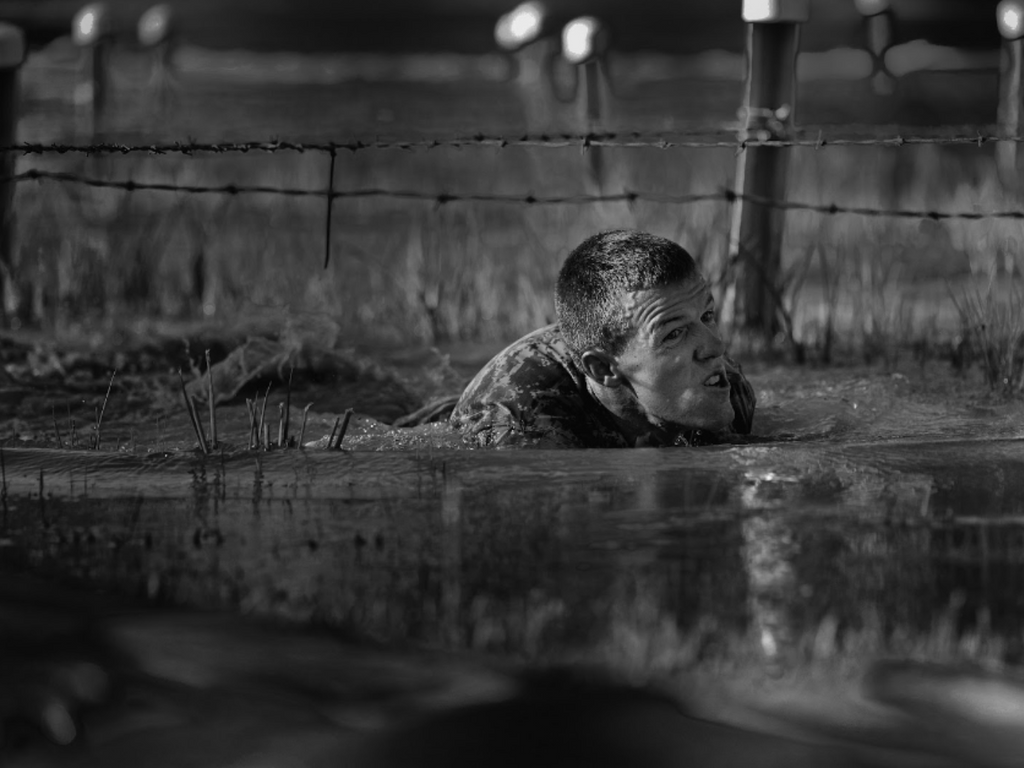
Survival Training and Evasion Techniques
The SERE program involves some in-classroom learning. You’ll watch presentations and hear discussions from experts about survival techniques and resistance strategies. This is then followed by practical training that takes you through the four pillars of the program.
The first one is survival. You’re sure to undergo a field challenge that will require you to live off the land while keeping a low profile in the wilderness. You’re learning how to evade capture by an enemy that is on the prowl.
Survival training will teach you about foraging, navigation and other wilderness skills. But it’s largely about toughing it out. You’ll be dealing with lack of food, lack of sleep, sheer exhaustion and the effects of the cold and other harsh environmental conditions. All that while practicing evasion techniques to keep you out of the hands of your enemies. These include moving quietly, covering your tracks, blending into the landscape, keeping a sharp lookout and avoiding traceable signals (like smoke and fire). It’s a lot to handle all at once.
Toughness is a mental discipline, in the long run. Not only do you have to overcome physical stress and exhaustion, you also have to keep your wits about you. One faulty decision could undo all your evasion techniques and efforts. It can be good to have something to motivate you. A photo of someone you care about, perhaps. Even a couple of morale patches can serve to keep your spirits up. Then you wouldn’t feel overly burdened by stress.

Resistance Strategies
The SERE program also puts you in the scenario of being a captive. That’s a possibility in a war zone, so you’ve got to be tactically prepared to handle it if it happens. This part of the program shifts you from
a wilderness survival scenario to one of determined tenacity.
You’ll be going into this without knowing what to expect. It defeats the purpose of SERE training if you know what’s coming in this part and you are prepared to face it. The trainers will impart to you the general principles behind resistance strategies, and that’s it. Facing the unknown is part of the SERE experience.
One thing we can tell you is that you’ll undergo physical discomfort and psychological stress. The program will work to demoralize you. To break your will. That means you’re in for a rough time. It’s what you’ve signed up for. Like we said earlier, SERE training ain’t for the faint of heart. Mental fortitude will be essential to your success.
Escape Skills
The fourth and final pillar of SERE involves escape planning. You know the drill by now: it’s all about mental toughness. You’ve got to assess your situation and keep track of factors such as guard movements, shift changes, surveillance coverage and so on. You probably won’t have the luxury of writing that stuff down. Plus they’ll be trying to confuse you.
The first step is correct orientation. That means knowing the time of day. This can be harder to figure out than you’d expect. But then, you don’t necessarily need to know the exact time. You simply need a way to measure increments of time and figure out how long time passes. Again, they’ll be trying to confuse you. This ain’t a walk in the park.
You’ll also have to work on figuring out the details of your location. Keen observational skills will help you here.
To some degree, practicing your escape skills isn’t primarily about escape itself. It’s a means of boosting morale. Escape planning gives you a sense of hope and keeps you sane. It goes hand in hand with other resistance strategies.
Still planning to experience SERE training for yourself? This should come in handy: our guide to the essential gear you’ll need to survive the SERE challenge


